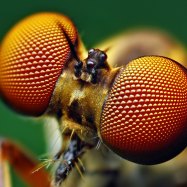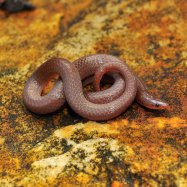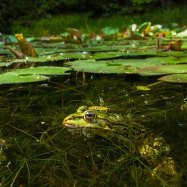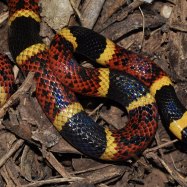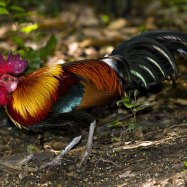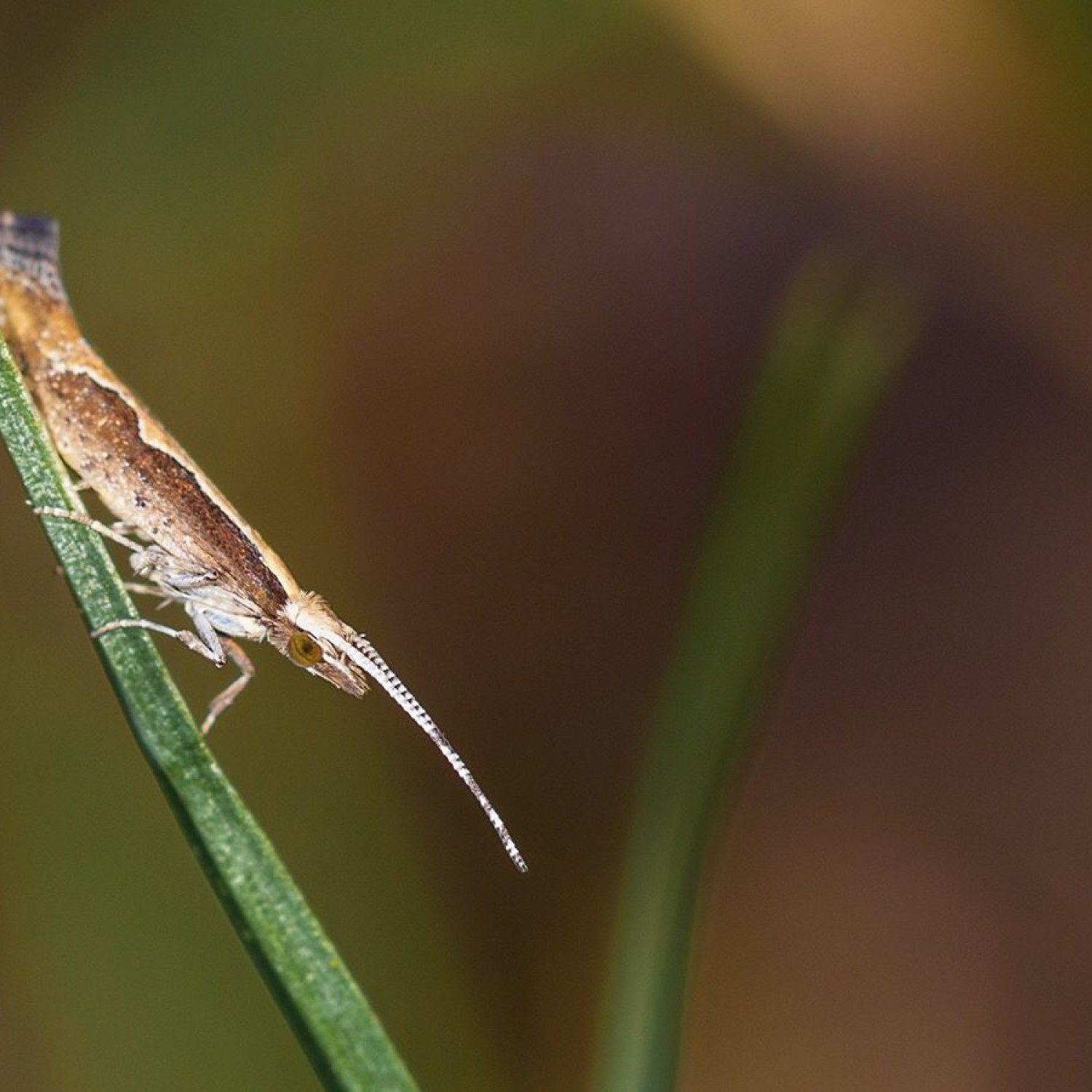
Diamondback Moth
8-14 mm
The Diamondback Moth, also known as the Plutellidae, is a small and slender insect found in both urban and rural areas. With a body length of 8-14 mm and narrow wings, these moths are commonly found in gardens and farms, feeding on various crops. Take measures to avoid infestation and protect your plants from this common pest.
Animal Details Summary:
Common Name: Diamondback Moth
Kingdom: Animalia
Habitat: Open fields, agricultural areas, gardens
This seemingly unremarkable moth may not catch your attention at first glance, but upon closer inspection, one can appreciate its remarkable features and incredible journey. From its habitat to its physical characteristics and feeding habits, the Diamondback Moth is a true testament to the wonders of nature Diamondback Moth.
The Basics: Taxonomy and Distribution
Before diving into the fascinating world of Diamondback Moths, let's start with the basics. The scientific name of this insect is Plutella xylostella, and it belongs to the Kingdom Animalia, Phylum Arthropoda, and Class Insecta. It is a member of the Order Lepidoptera, which includes butterflies and moths, and the Family Plutellidae.Diamondback Moths are found all over the world, making it one of the most widespread insect species. However, the country of origin remains a mystery, as it is difficult to determine due to their global distribution. These moths thrive in both urban and rural areas, making them a common sight in open fields, agricultural areas, and even gardens.
Physical Characteristics
At first glance, the Diamondback Moth may appear to be an unassuming insect with its small size and grayish-brown color. But a closer look will reveal its distinct diamond-shaped markings on its wings, which give it its name. These markings are also the key to distinguishing Diamondback Moths from other moth species Deer Tick.But what truly sets this moth apart is its unique body shape. The Diamondback Moth has a small and slender body, measuring only 8-14 mm in length, and narrow wings that give it a distinct silhouette. Its small size makes it an inconspicuous insect, making it harder for predators to spot and catch.
Habitat and Adaptations
As mentioned, Diamondback Moths are adaptable insects, able to thrive in a wide range of habitats. They prefer open fields, but they can also be found in urban areas, such as parks and gardens. This adaptability has enabled them to easily spread and establish populations around the world.Another fascinating aspect of Diamondback Moths is their ability to survive in harsh climates. They have been found in areas with extreme temperatures, from -8 degrees Celsius to 40 degrees Celsius. This is due to their ability to enter diapause, a state of dormancy that allows them to survive unfavorable conditions. During diapause, the moth's metabolism slows down, and it can survive without food for extended periods.
Feeding Habits and Impact
Diamondback Moths are herbivores, and their primary host plants are in the Brassicaceae family, such as cabbage, broccoli, and mustard plants. They feed on the leaves of these plants and can cause severe damage to crops, making them a significant pest in agricultural areas.What makes Diamondback Moths especially challenging to control is their resistance to insecticides. They have developed resistance to multiple classes of insecticides, making it difficult for farmers to manage their populations. This has led to increased crop damage and economic losses in the agricultural industry.
The Diamondback Moth's Global Impact
As mentioned earlier, Diamondback Moths have managed to spread and establish populations worldwide. But how did this tiny moth conquer the world? The answer lies in its reproductive capabilities and its ability to adapt to changing environments quickly.Female Diamondback Moths can lay up to 200 eggs in their lifetime, and they reproduce at an incredibly fast rate. This allows them to build large populations rapidly, especially in favorable conditions. Additionally, Diamondback Moths can reproduce all year round, giving them an advantage over other insects with specific breeding seasons.
Experts believe that the global transport of goods and produce has played a significant role in the Diamondback Moth's rapid spread. They can hitchhike on plants and produce, making it easy for them to reach new destinations and establish themselves in different habitats.
Threats and Conservation Status
Despite being a global pest, Diamondback Moths face some threats to their populations. One of the most significant threats is the use of insecticides, which can be harmful not just to the moths but also to other beneficial insects. Climate change is also a threat, as it can affect the availability of suitable host plants and disrupt their diapause cycles.However, Diamondback Moths are not listed as endangered or vulnerable by any conservation organizations. This could be due to their widespread distribution and high reproductive rates, which ensure the survival of their populations. Nevertheless, it is important to monitor their populations and take measures to manage their impact on agriculture sustainably.
The Role of Diamondback Moths in the Ecosystem
Diamondback Moths may be considered pests due to their impact on crops, but they play an important role in the ecosystem. As herbivores, they help control the growth of host plant populations, preventing them from becoming overgrown and unbalanced.Additionally, Diamondback Moths are a vital food source for other animals, such as birds and spiders. They also serve as pollinators for some plant species, playing a crucial role in the reproduction of these plants. Without Diamondback Moths, the ecosystem would be imbalanced, affecting other organisms and ultimately, our environment.
The Amazing World of Diamondback Moths
While they may seem like insignificant insects at first glance, Diamondback Moths are truly incredible creatures. Their adaptability, resilience, and global conquest are all testaments to their unique abilities and natural survival strategies.From their tiny size, distinctive markings, and herbivorous diet to their rapid reproduction and global impact, Diamondback Moths are a remarkable species. They demonstrate the interconnectedness of the natural world and the importance of understanding and respecting all creatures, no matter how small they may be.

Diamondback Moth
Animal Details Diamondback Moth - Scientific Name: Plutella xylostella
- Category: Animals D
- Scientific Name: Plutella xylostella
- Common Name: Diamondback Moth
- Kingdom: Animalia
- Phylum: Arthropoda
- Class: Insecta
- Order: Lepidoptera
- Family: Plutellidae
- Habitat: Open fields, agricultural areas, gardens
- Feeding Method: Herbivorous
- Geographical Distribution: Worldwide
- Country of Origin: Unknown
- Location: Urban and rural areas
- Animal Coloration: Grayish-brown with diamond-shaped markings
- Body Shape: Small, slender body with narrow wings
- Length: 8-14 mm
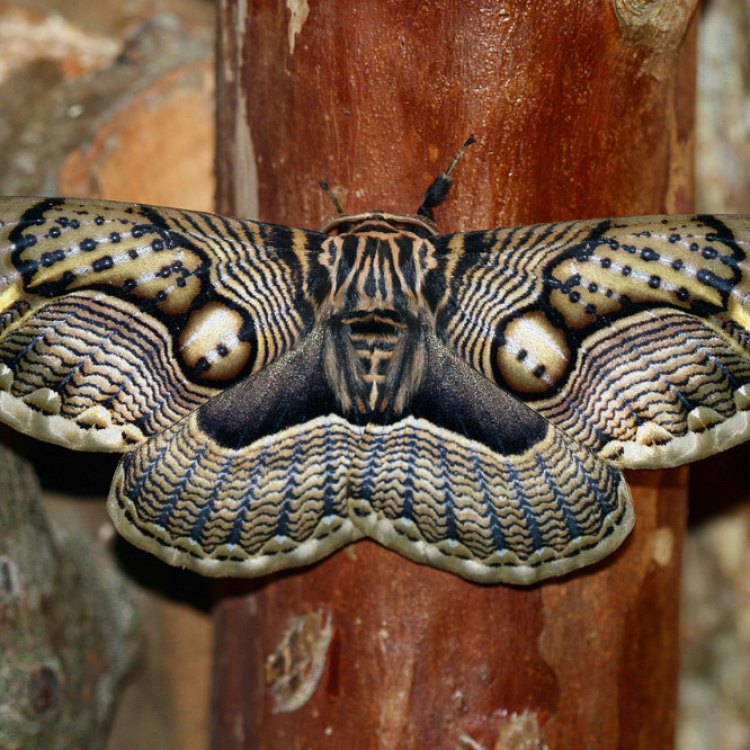
Diamondback Moth
- Adult Size: Small
- Average Lifespan: 2-4 weeks
- Reproduction: Sexual
- Reproductive Behavior: Males attract females through pheromones
- Sound or Call: No sounds or calls
- Migration Pattern: Some populations migrate long distances
- Social Groups: Solitary
- Behavior: Nocturnal, active during warm weather
- Threats: Pesticides, natural predators, diseases
- Conservation Status: Not evaluated
- Impact on Ecosystem: Crop pest
- Human Use: None
- Distinctive Features: Diamond-shaped markings on wings
- Interesting Facts: Diamondback moth larvae are major pests of cruciferous crops
- Predator: Various insect predators
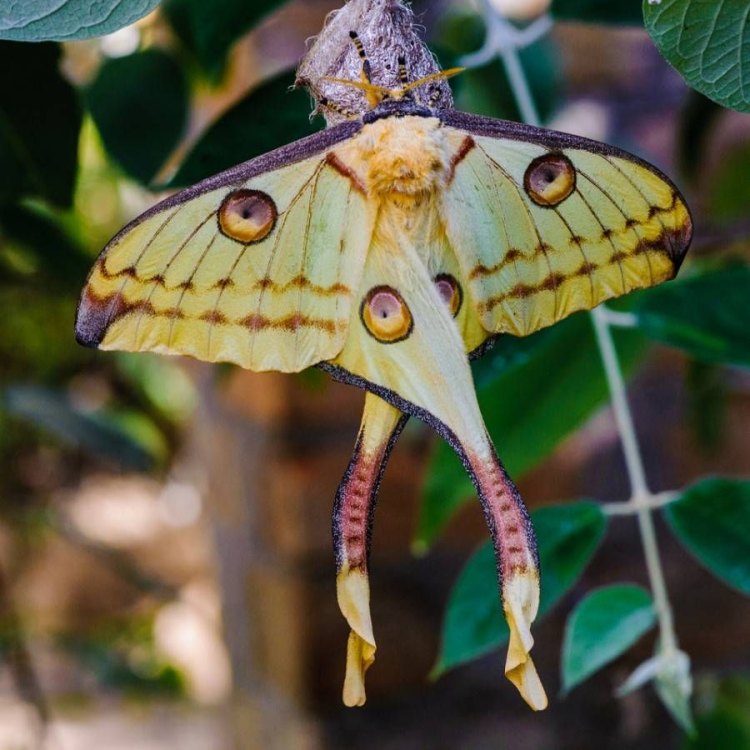
Plutella xylostella
Diamondback Moth: The Small but Mighty Pests
Have you ever heard of the diamondback moth? Most likely, the answer is no. These small insects, measuring only about 8-10 mm in length, may not seem like much at first glance. However, they have a huge impact on our ecosystems and agricultural industry.In this article, we will dive into the fascinating world of the Diamondback Moth PeaceOfAnimals.Com. From their reproductive behaviors to their distinctive features, we will uncover everything you need to know about these tiny yet mighty creatures.
The Basics: Size, Lifespan, and Reproduction
As mentioned, adult diamondback moths are small insects, measuring only about 8-10 mm in length. They have a wingspan of about 12-15 mm, making them one of the smallest moths in their family. However, do not let their size deceive you, for they have a rapid life cycle, with an average lifespan of only 2-4 weeks.Like most moths, diamondback moths reproduce sexually. This means that male and female moths must come together to mate and produce offspring. However, the interesting part about their reproductive behavior is how the males attract females. They release pheromones, which are chemical compounds that serve as a sexual signal to attract potential mates. These pheromones are so effective that they can be detected by female moths from over a mile away Deutsche Bracke.
Sounds and Calls: Silence is Golden
When it comes to communication, diamondback moths are not much of talkers. In fact, they do not produce any sounds or calls. This may come as a surprise, as many other insects use sound to communicate with one another. However, this may also be an advantage for these moths, as their silence can help them avoid attracting predators.Migration Patterns and Social Groups
Diamondback moths are generally solitary insects, meaning they do not live or travel in groups. However, some populations have been observed to migrate over long distances. These migrations are typically triggered by certain weather events or seasonal changes, and they can travel up to thousands of kilometers. This behavior allows them to spread and colonize new areas, making them successful colonizers and invaders of new territories.Behavior and Habitat
Diamondback moths are most active during warm weather, and they are primarily nocturnal, meaning they are most active at night. During the day, they rest in cool, sheltered areas, such as under leaves or in agricultural crops. These moths can be found all over the world, from tropical to temperate regions, and they are highly adaptable to various habitats.Threats to Diamondback Moths
Like most insects, diamondback moths face various threats in their environment. One of the biggest threats is the use of pesticides in agriculture. These moths are major pests of cruciferous crops, such as broccoli, cabbage, and cauliflower. Farmers often use pesticides to control their populations, but overuse and misuse of these chemicals can also harm non-targeted insects, such as pollinators and natural predators of the moths.Speaking of predators, diamondback moths also face threats from natural predators, such as birds, spiders, and various other insect species. Diseases and parasites can also affect their population, especially when their numbers are high. However, these moths are known for their ability to adapt and develop resistance to pesticides and other threats, making them difficult to control.
Conservation Status and Impact on Ecosystem
Currently, diamondback moths are not evaluated for their conservation status. As mentioned, they are highly adaptable and have a short life cycle, which allows them to quickly rebound after populations have been affected by threats.However, their impact on the ecosystem is significant, particularly as pests of agricultural crops. Their larvae are voracious eaters, causing damage to the leaves and fruits of cruciferous plants. This can result in reduced crop yields and economic losses for farmers, making them a challenge to manage.
Human Use and Distinctive Features
Unlike other insects, diamondback moths do not have any significant importance in human use. They are not used for food or other products, and they do not have any significant cultural or spiritual symbolism.However, one distinctive feature of the diamondback moth is its diamond-shaped markings on its wings, from which it gets its name. These markings make them easily recognizable and stand out from other moth species.
Interesting Facts
Did you know that diamondback moth larvae are major pests of cruciferous crops? They are considered a serious threat to global food production and are responsible for extensive damage to crops, especially in developing countries where insecticides may not be as readily available.These larvae have a voracious appetite and can destroy entire crops if not controlled. They also have a fast metabolism, which makes them able to develop resistance to insecticides quickly. This makes them a constant challenge for farmers and agricultural experts to manage.
Predators of Diamondback Moths
Like all species, diamondback moths have their share of predators, both in their natural and introduced habitats. Some of their natural predators include various insect and bird species. Some farmers also use biological control methods such as introducing natural enemies, like parasitoid wasps, to control their populations.However, the introductions of non-native and invasive predators, such as the parasitoid wasp Diadegma insulare, have caused concerns in controlling diamondback moths. These non-native species can sometimes become more problematic than the targeted pest, and their spread must be monitored and controlled carefully.
Final Thoughts
In conclusion, the diamondback moth may be small and often overlooked, but it has a significant impact on our ecosystems and the agricultural industry. From their distinctive diamond-shaped markings to their ability to migrate long distances, these moths have many unique features that make them stand out. While they may be considered pests, they are also a vital part of our ecosystem and a challenging species to manage and control. Continued research and responsible use of management practices are essential in maintaining a balance between these small but mighty creatures and our food production.
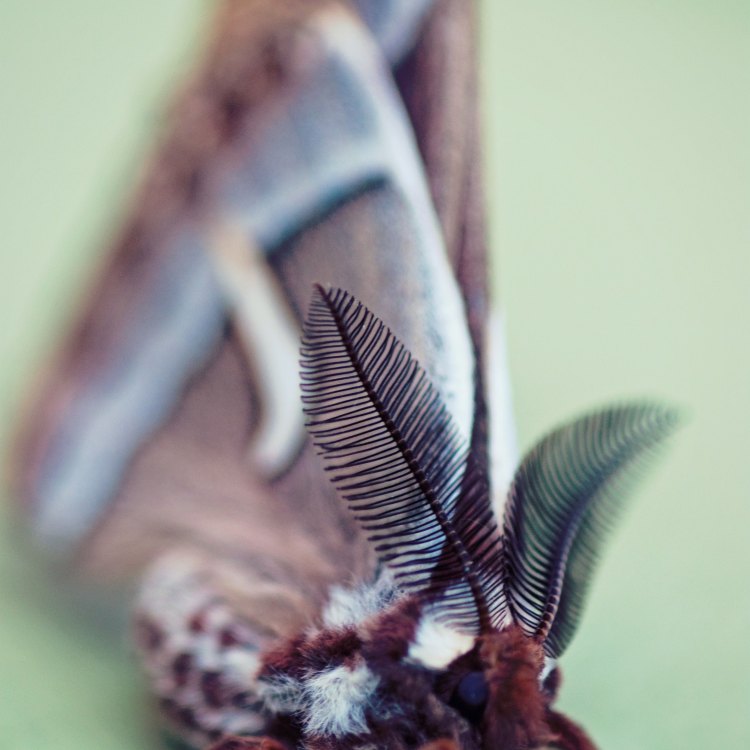
Disclaimer: The content provided is for informational purposes only. We cannot guarantee the accuracy of the information on this page 100%. All information provided here may change without prior notice.

